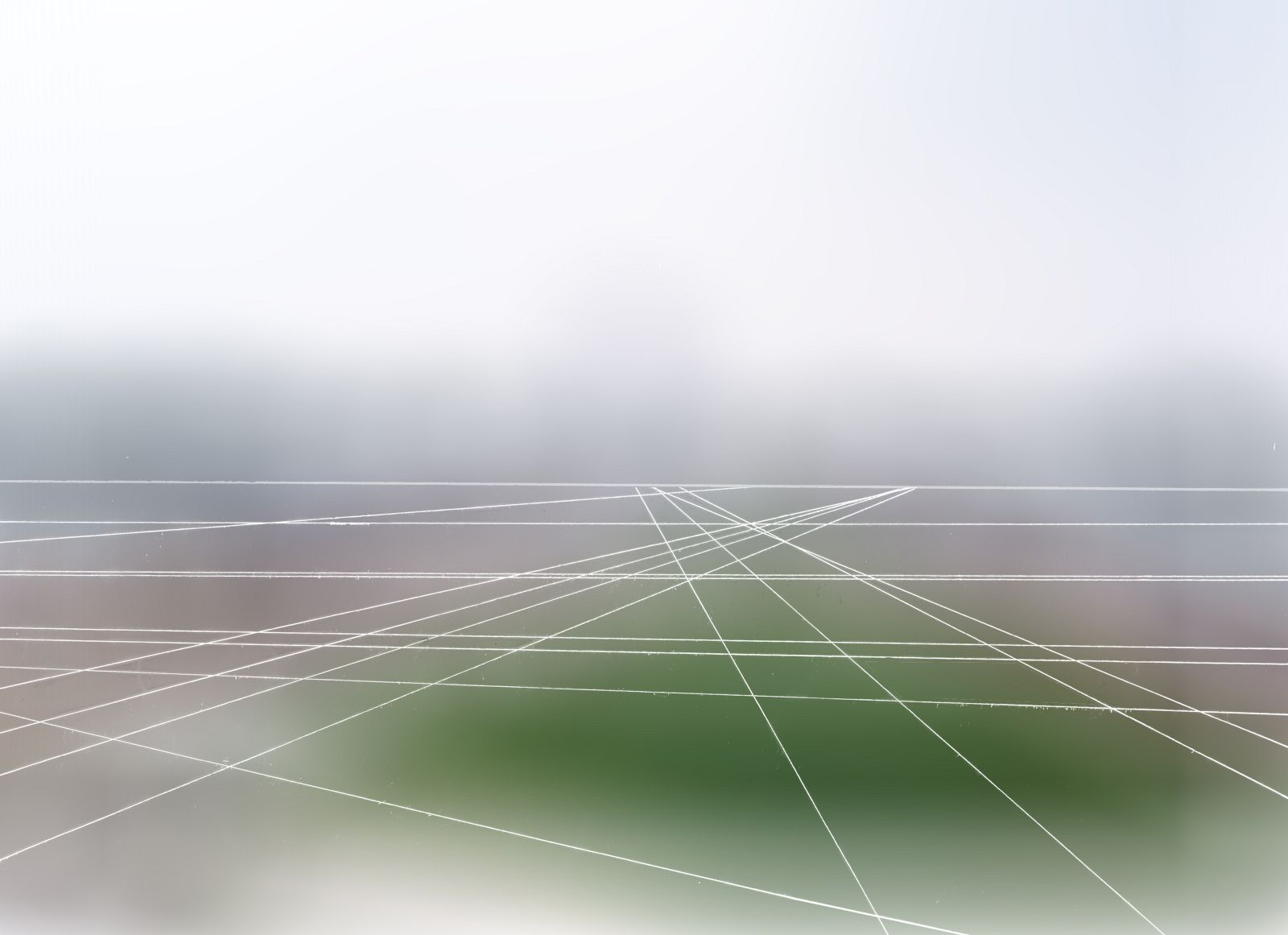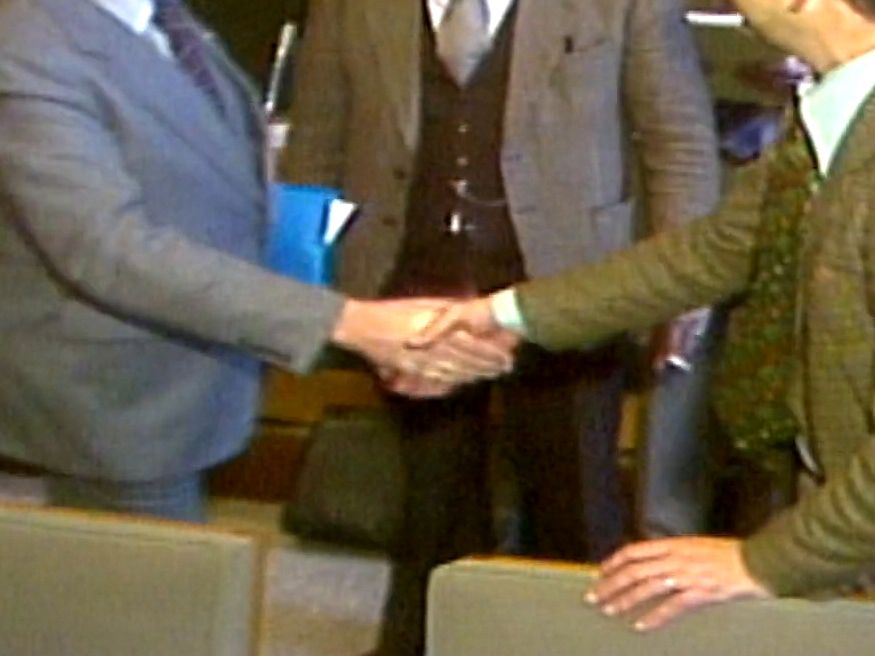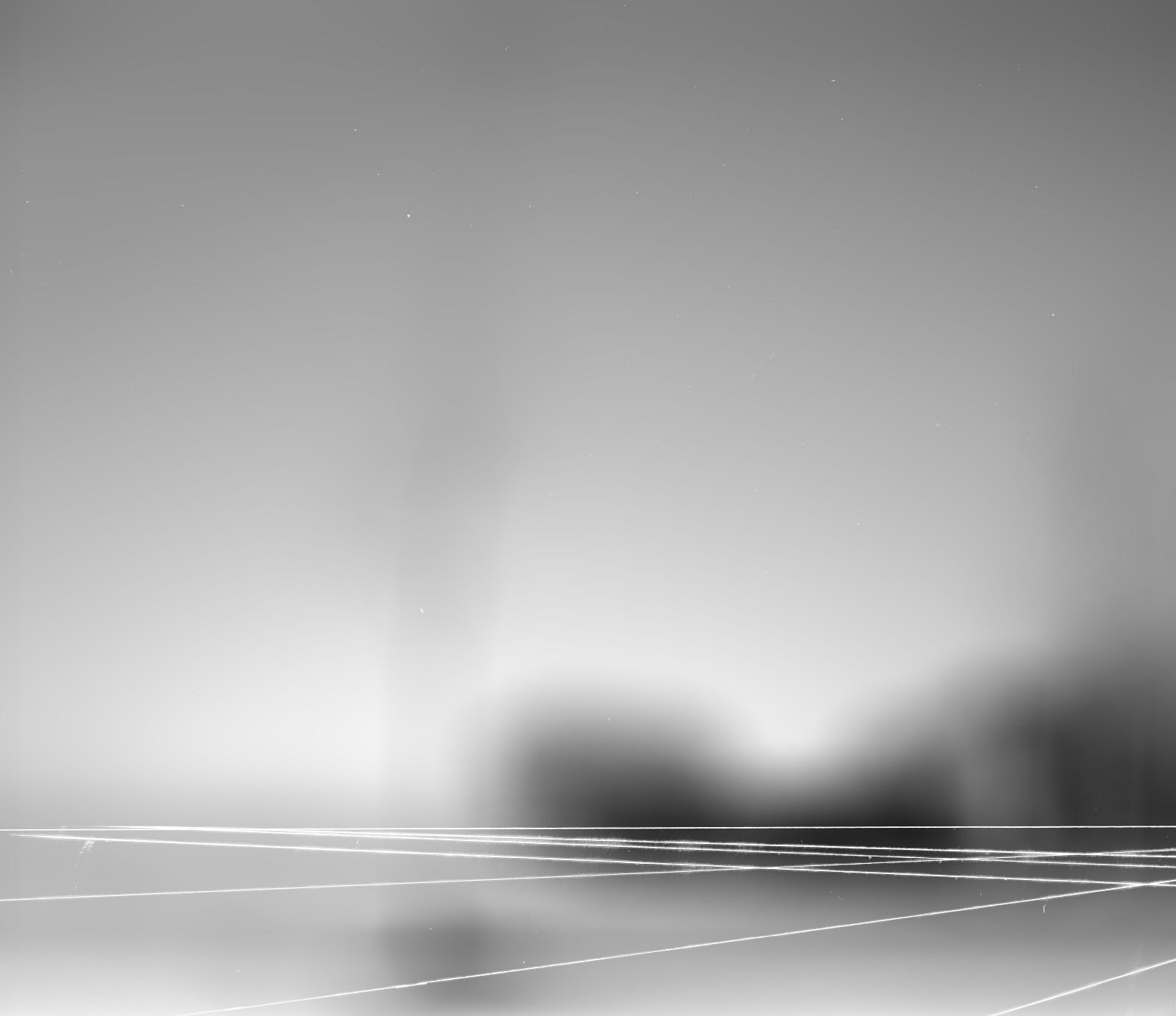
Jonathan Tang
Keywords: Disciplined landscape, Archive, Visual intervention
On November 24, 1982, in The Hague, the Accord of Wassenaar formalised the contemporary Dutch socio-economic and political character by adopting a method of corporatist consensus-seeking and decision making between capital, the state, and labour. This was called the ‘polder model’. The polder model has its origin in the creation of a key feature of the rationalised Dutch landscape, notably in the reclaimed sections of previously submerged land known as ‘polders’. The maintenance and regulation of polders requires constant and ongoing supervision. Those techniques inevitably left an imprint on society.
My parents' generation disciplined me not to experience the same toil they underwent after they migrated and entered the Netherlands in the 1970s. Since then, they have worked day in and day out to pay their bills. They did not have a choice.
The Landscape that should not Exist questions the meaning of freedom within a centuries-old tradition. This visual research makes an attempt to grasp the rigidity in the Dutch national character and investigates how much of our behaviour and activities have been affected by this mechanism of power.



